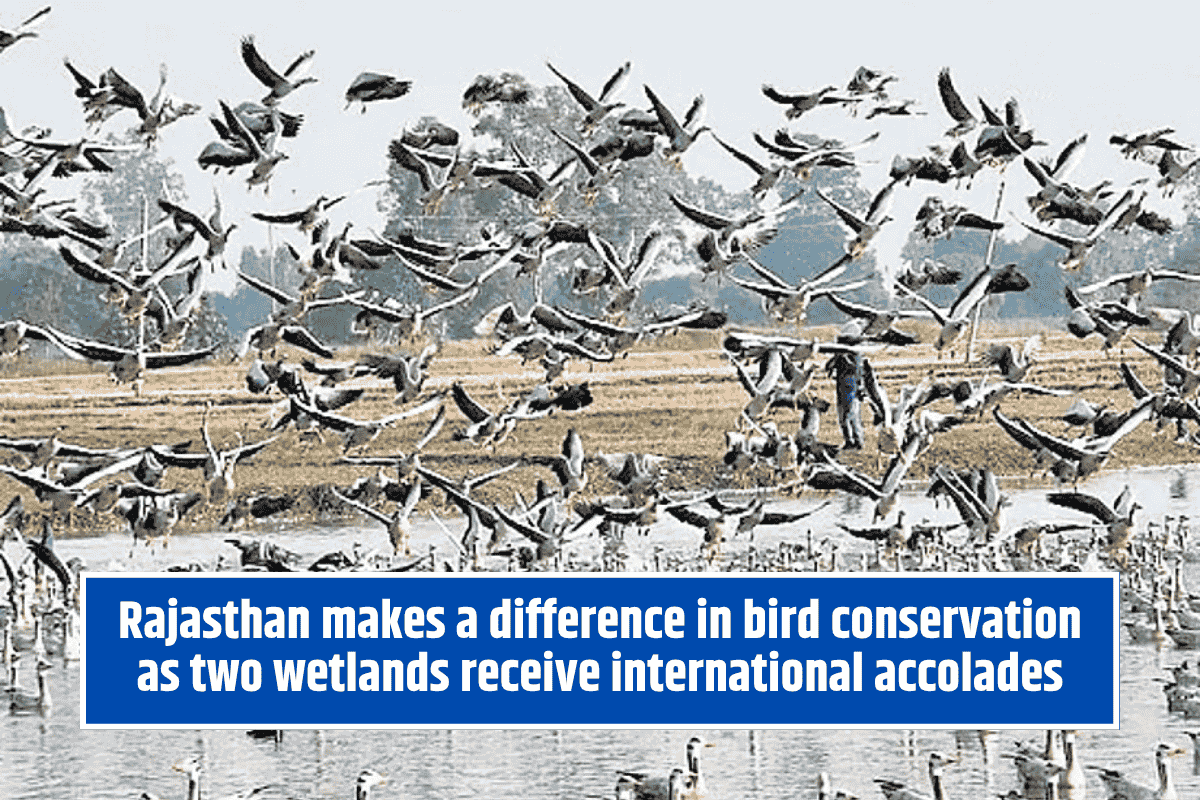Until a few years ago, mornings in Bengaluru were filled with the loud cawing of crows. You’d spot them on rooftops, electric wires, trees, and near local markets. Today, that familiar background noise is fading, replaced by silence. Both the common house crow and the jungle crow, once regular sights across the city, are vanishing from everyday life, especially in residential areas.
Where Have the Crows Gone?
The decline hasn’t happened overnight. Naturalists and birdwatchers have been noticing it for over a decade, with the change becoming more obvious after 2011. According to Ulhas Anand, a naturalist, this isn’t just about missing birds—it’s a warning sign that Bengaluru’s ecological balance is under threat. Except for some parks and areas around meat markets, crows are rarely seen in neighborhoods where they once thrived.
The absence is especially felt during traditional rituals like ‘pinda dana’, where crows are offered food in honour of ancestors. Without the birds, these age-old customs are losing their connection to nature.
Progress With a Hidden Cost
So what’s causing this decline? Ironically, the answer lies in the city’s improvements. Better waste management has reduced roadside garbage, which was a key food source for crows. With BBMP (Bruhat Bengaluru Mahanagara Palike) removing dustbins from street corners, the scraps that fed crows—rice, meat leftovers, dead animals—are no longer easily available.
Ecologist and ornithologist Krishna MB explains that crows acted like informal waste cleaners. Without them, waste might not break down as efficiently, possibly leading to an increase in secondary pests like rats. Their decline is not just about birds—it’s about the health of the whole city.
Vanishing Nesting Spaces
Urbanisation has also taken away trees, especially old ones that supported nests for crows and other birds. Whenever heavy rains hit Bengaluru, dozens of trees fall, each one possibly housing multiple bird nests. Apartments and buildings are replacing these green spots, leaving fewer safe places for birds to breed and rest.
Pesticides used in gardens and farms are another issue. They kill off insects, which are part of the crow’s diet. Artificial lighting in the city further disrupts birds’ natural body clocks, a process known as photoperiodism, which affects their sleep, breeding, and migration habits.
The Data Gap: Are We Even Counting?
Surprisingly, no official bird count tracks the crow population in Bengaluru or in India. While platforms like eBird reported over 91,000 jungle crows and 46,000 house crows in May 2025, experts say these numbers only reflect recorded sightings. They don’t provide actual population figures or how evenly the birds are spread across the city.
Krishna MB warns that without regular surveys or a national-level bird census, we may not realise how serious the decline is until it’s too late. Common birds like crows often go unnoticed in conservation efforts, but their fall hints at a much larger environmental problem.
What This Means for the City
Crows may not be beautiful or rare, but they are essential. They keep the city clean, help balance food chains, and play a role in religious and cultural life. Their disappearance is a sign that something deeper is wrong with Bengaluru’s environment—be it pollution, loss of trees, or poor planning.
If left unaddressed, the city’s air, soil, and water may suffer even more. The silence replacing the crows is a quiet but serious call for attention.
FAQs
Why are crows disappearing from Bengaluru?
Changes in waste management, loss of old trees, pesticide use, and artificial lighting have reduced food and nesting sites for crows.
Are crow populations officially monitored in Bengaluru?
No official census exists; data from citizen science platforms only show sightings, not the full population.
Why is the decline of crows a concern for the city?
Crows help clean waste and maintain ecological balance, so their disappearance could lead to more pests and environmental problems.
What impacts urbanisation have on crow populations?
Urbanisation removes old trees for nests, increases pollution, and disrupts natural bird behaviours due to artificial lights.
What can be done to protect Bengaluru’s crow population?
Planting native trees, reducing pesticide use, and managing food waste responsibly can help support crow habitats.











